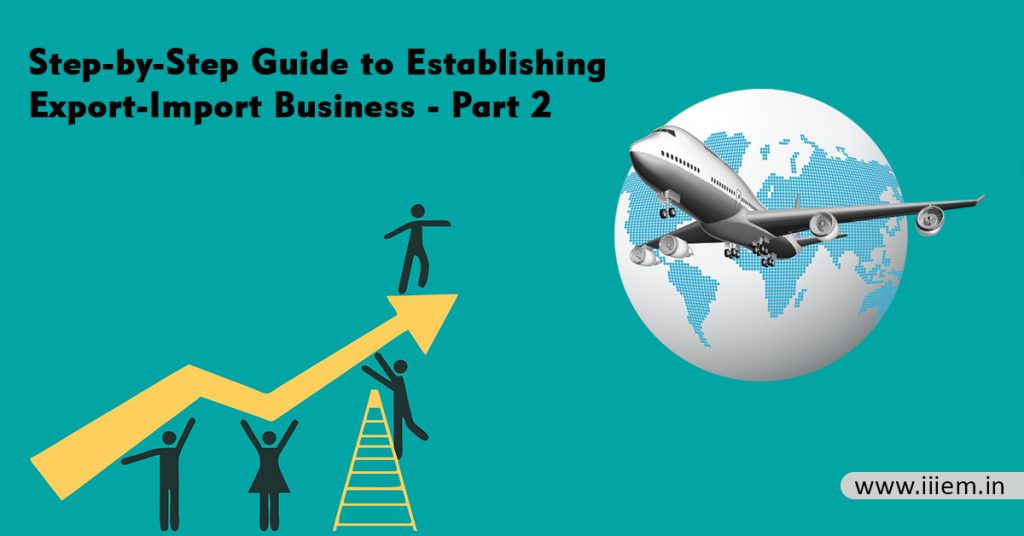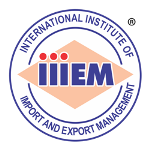
In continuation of PART 1, below are other formalities to meet to establish your export import business.
Registration with Sales Tax Authorities
Exporter need not pay sales tax meant for export while making purchases. For availing the benefit, the firm has to register with sales tax authorities and secure sales tax number. Exporter/purchaser has to give Form -H to the seller/manufacturer. For this purpose, the exporter has to make an application along with a copy of the letter of credit or export order to the Sales Tax Office that has the authority to his office for issuance of Form-H. Exporter prepares Form-H, in triplicate, and supplies two copies to the seller and holds one copy for his record.
To read the Part 1 click here and know the formalities before an exporter can start into export business.
Importer-Exporter Code number
No export or import deal can be made without obtaining an importer-exporter code number. IEC number is a pre-condition for exports from and imports into India. IEC number entitles to import or export any item of non-prohibited goods. This code number is made compulsory, now. The Registered/Head Office of the applicant must make a request for grant of IEC number to the Regional Office of DGFT (also known as Regional Licensing Authority), having territorial authority over the firm, along with the below documents:
(A) Profile of the exporter or importer
(B) Demand draft from the bank for INR 1000 as fees
(C) Certificate from the Banker of the applicant
(D) Two copies of passport size photos of the applicant, duly attested by the bank.
(E) If there is any non-resident stake in the applicant’s firm and such stake is with full repatriation advantage, full particulars of such stakes are to be disclosed, and approval of RBI for such stake is to be enclosed.
(F) Statement on applicant’s letterhead that there is no connection of the applicant’s firm with caution listed firms.
The Licensing authority shall allot the IEC number in a prescribed format. There is no expiry date for IEC number. It shall be valid till it is revoked. This number is to be, invariably, quoted in all documents, prescribed by rules, in particular, in Bill of Entry in the case of imports and Shipping Bill, in the case of exports. Before 1-1-1997, it was necessary for every exporter to obtain CNX number from RBI. Now, it is no longer required as IEC number has replaced CNX number.
Registration cum Membership Certificate
It is necessary for every exporter to register with appropriate Export Promotion Council (EPC) and get Registration Cum Membership Certificate. Any individual applying for import or export license or any other advantage under the current Exim Policy is expected to obtain Registration Cum Membership Certificate (RCMC). The benefits provided in the current Exim Policy are available only to those having valid RCMC. A registered exporter receives an ocean of literature and necessary guidance regarding export market information from the Council. Any exporter may obtain RCMC from any Export Promotion Council relating to his main line of business.
There are various Export Promotion Councils such as Chemical Export Promotion Council, Engineering Export Promotion Council, Textile Export Promotion Council, and Apparel Export Promotion Council, etc. However, if any EPC does not cover the export product, the concerned Regional Licensing Authority of DGFT can supply RCMC to the exporter. With this certificate, the exporter will be known as “Registered Exporter.” The benefits provided in the current Exim policy are available only to the registered exporters having valid RCMC.
In PART 3, we’ll learn about registering with ECGC, registering for BIN, and lastly export licensing. Keep reading the loop.
For more information or for any assistance, please email at info.iiiem@gmail.com
